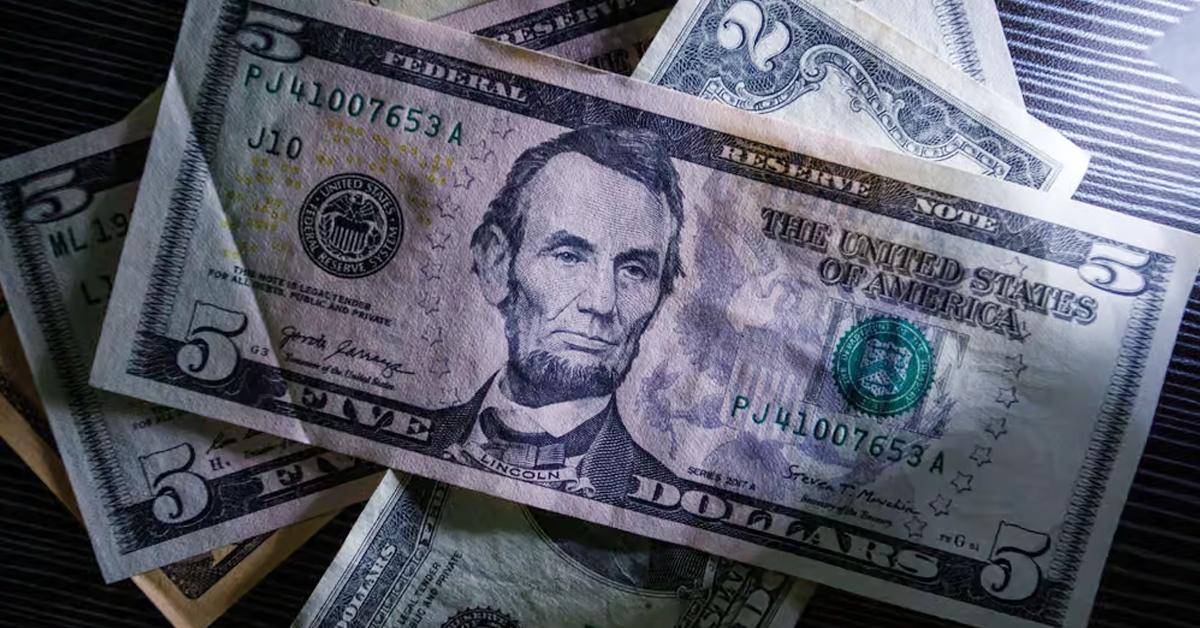Goldman Predicts Stronger Dollar in Inflation Battle
The U.S. dollar is expected to maintain its strength if the Federal Reserve decides to hold interest rates steady while other countries move towards lowering their borrowing costs, according to analysts from Goldman Sachs Group Inc. The strategists, led by Kamakshya Trivedi and Joseph Briggs, suggest that such a policy divergence would likely support a stronger dollar over an extended period. They anticipate that interest rate cuts in June could occur in Canada, the United Kingdom, and the euro area.
Throughout the year, the dollar has shown considerable strength against its major counterparts in the Group of 10, with a Bloomberg index that tracks the greenback showing a near 3% increase. This performance underscores the dollar’s resilience amidst fluctuating global economic conditions.
Market sentiment regarding the Federal Reserve’s next moves has shifted recently. Initially, traders expected the Fed to implement two rate cuts following a mild inflation report for April. However, the expectations have moderated, with the swaps market now forecasting approximately 40 basis points of rate cuts by year-end, starting with a 25 basis point reduction at the November policy meeting.
Federal Reserve Governor Christopher Waller noted on Tuesday that a continued softening in U.S. economic data over the next three to five months could prompt the central bank to consider reducing borrowing costs towards the end of 2024. In contrast, Christine Lagarde, President of the European Central Bank, hinted that a rate cut could be likely next month, given that the surge in consumer price growth is now largely under control.
The Goldman Sachs analysts also highlighted the importance of macroeconomic factors and potential policy divergences in shaping currency strength. They noted that global central banks have been closely monitoring the Fed’s policy shifts to minimize currency volatility. If these banks commence cuts relatively earlier and more aggressively than the Fed, it might assist the U.S. in achieving its inflation targets. Such strategic differences in monetary policy across major economies are critical in influencing the dollar’s trajectory in the international financial markets.

.webp)




